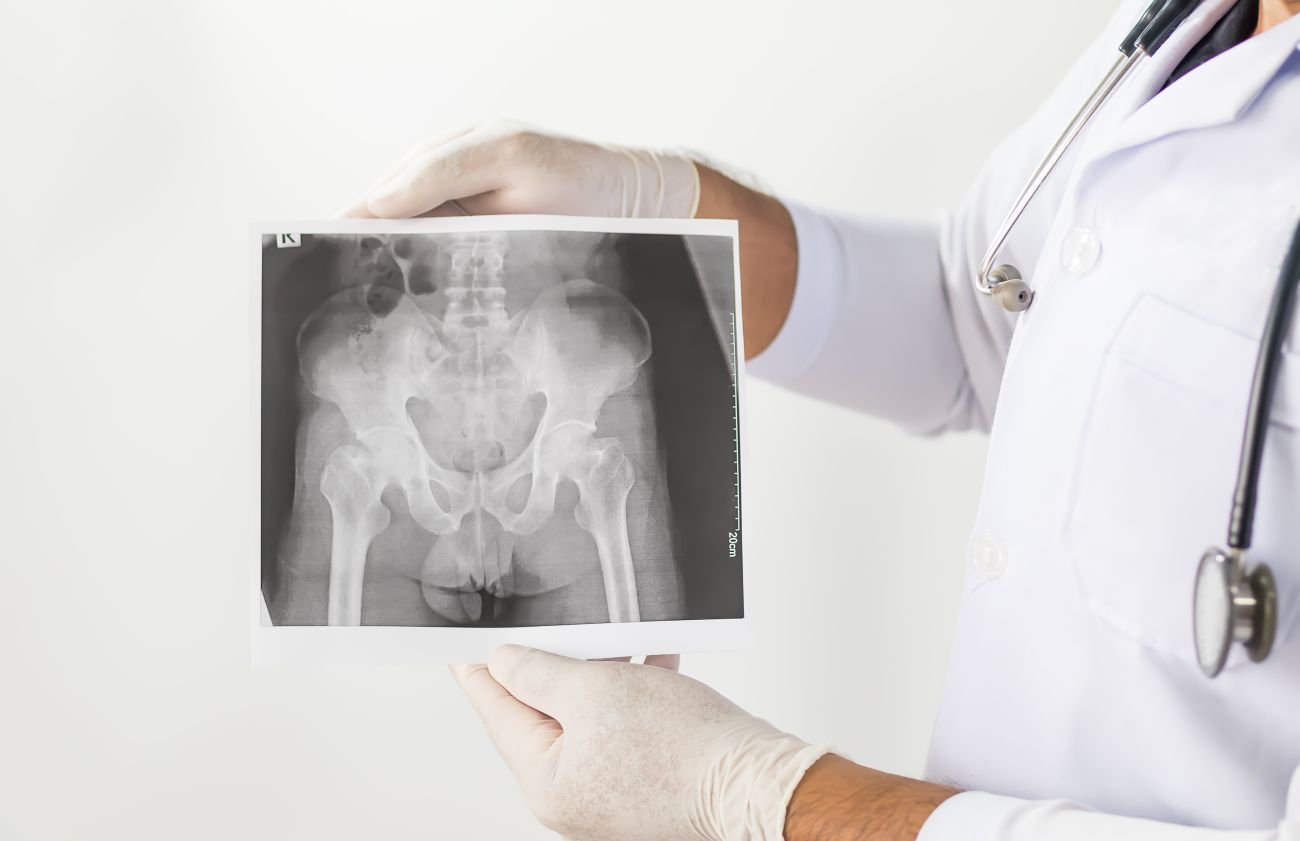Ankylosing spondylitis (AS) is a type of chronic inflammatory arthritis that causes inflammation in the joints of the spine, also known as vertebrae. The disease mainly impacts the spine, causing intense lower back pain and stiffness. However, it can also involve other joints of the body.
According to Johns Hopkins Arthritis Center, AS affects nearly 0.2 to 0.5 percent Americans, meaning that 3.5 to 13 out of every 1000 people are affected by the disease. The disease commonly occurs in young adults below 40 years. In fact, about 80 percent of people presenting early signs are below 30 years of age.
What Is Ankylosing Spondylitis?
AS starts with inflammation of pelvic joints and the base of the spine. Inflammation of these joints, known as sacroiliitis, spreads towards the joints between vertebrae.
AS primarily affects the joints of the spine. Therefore, the early stages of the illness manifest as lower back pain and joint stiffness.
Signs and Symptoms
AS starts from the pelvic joints and the base of the spine. As the disease progresses, the bones of the spine fuse, which causes ankylosis. However, the story does not end here.
Without appropriate care and timely management, AS rapidly progresses to other joints of the body, causing inflammation in the shoulder, hip, and knee joints. In more severe cases, the inflammation involves the eye, causing acute iritis. In fact, about 40 percent of people suffering from ankylosing spondylitis have eye inflammation, which causes eye pain and photosensitivity.
The most common symptoms of AS that develop gradually over time are:
- Lower back pain and stiffness;
- Pain in other parts of the body;
- Swelling in other body parts due to inflamed joints, and;
- Tiredness.
Risk Factors
The exact causes of AS are not known, but certain scientific evidence claims there might be some genetic involvement. In fact, scientists have found that 90 percent of people with AS have a particular gene known as the human leukocyte gene or HLA-B27. However, not all people who carry this gene have AS. As such, it’s not a reliable indicator for establishing the cause of this disease.
Some researchers also believe certain environmental factors may increase the risk of AS in some people, but more research is needed on this subject.
Diagnosis
Since AS is an inflammatory condition of the joints, a rheumatologist can best identify and diagnose this disease. The assessment process involves:
- Detailed physical examination of the affected joints to locate the sites of inflammation. AS can affect multiple joints, so the rheumatologist normally examines joints of the back, pelvic bones, base of spine, chest, knees, and heels and checks the degree of spinal mobility.
- A complete medical history along with a family history of AS.
- X-ray of the suspected joints.
- A blood test to identify the HLA-B27 gene.
Treatments
AS is a form of arthritis for which no cure exists to date. The damage caused by inflammation cannot be reversed, but some treatments can slow or halt the progression of the disease and provide relief from its symptoms.
The treatment of ankylosing spondylitis is similar to those suggested in other types of arthritis. They include medications, regular exercise, and physiotherapy. Altogether, these treatments work wonders in keeping the symptoms of AS at bay and slowing down its progression.
Medications
Medications can lower pain and reduce inflammation in AS.
NSAIDs are common pain relief medicines to reduce inflammatory back pain. Celecoxib is another painkiller belonging to a class of medications known as cyclo-oxygenase-2-inhibitors. When used together with an NSAID, it has known to slow disease progression. However, people who cannot tolerate NSAIDs can use paracetamol and opioids instead.
In severe pain, corticosteroid injections, such as intravenous methylprednisolone, may be administered at the site of the affected joint. In more advanced cases, disease-modifying anti-rheumatic drugs, such as methotrexate and sulfasalazine, are used to restrict the progression of the disease by controlling inflammation.
Anti-tumor necrosis factor or TNF inhibitors are another safer class of medications that lower pain. These inhibitors reduce fatigue and improve physical function in AS.
Exercise and Physiotherapy
Almost all forms of arthritis are associated with joint stiffness. Exercise can reduce pain by minimizing joint stiffness and improving joint mobility.
Physiotherapy helps improve joint flexibility while minimizing stiffness. Over time, it can enhance the degree of mobility and lower pain.
Living with Ankylosing Spondylitis
AS is a chronic debilitating illness. It mainly affects spinal joints but may progress to other parts of the body too. As such, timely diagnosis and prompt care can slow disease progression, provide pain relief, and improve quality of life.
With pain relief medications, regular exercise, and physiotherapy sessions, people with AS can live better and stop it from progressing into a disabling inflammatory disorder.
